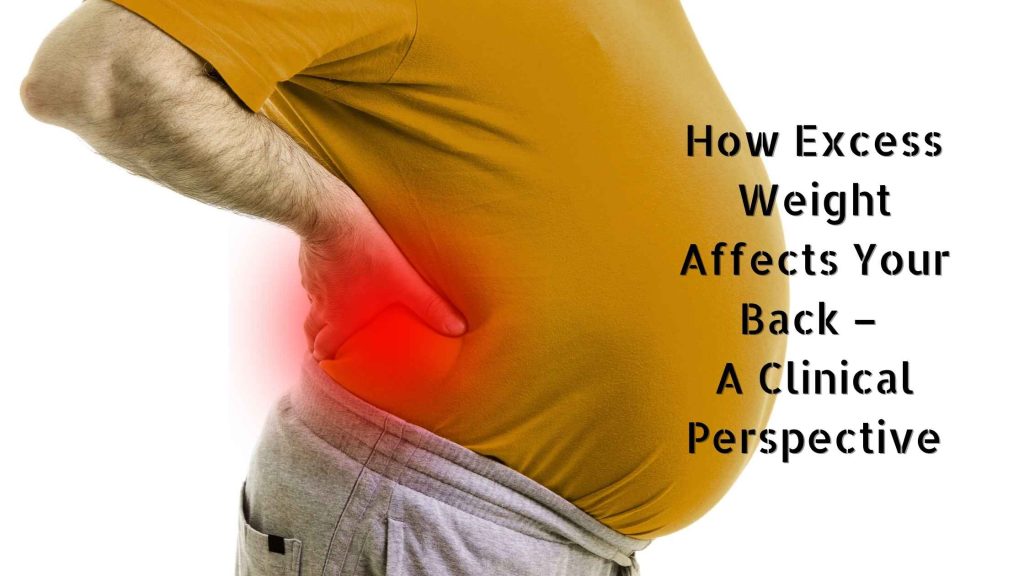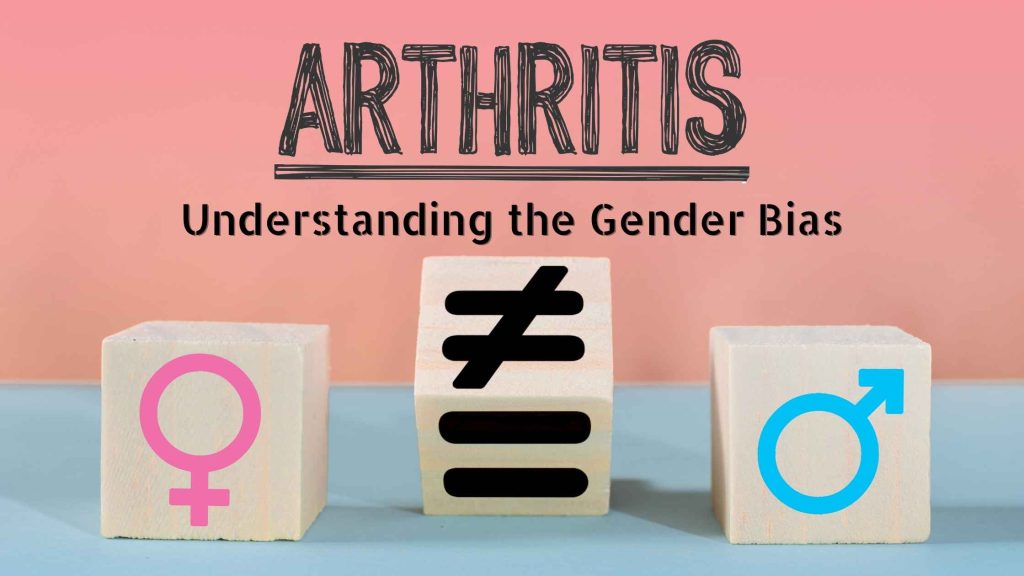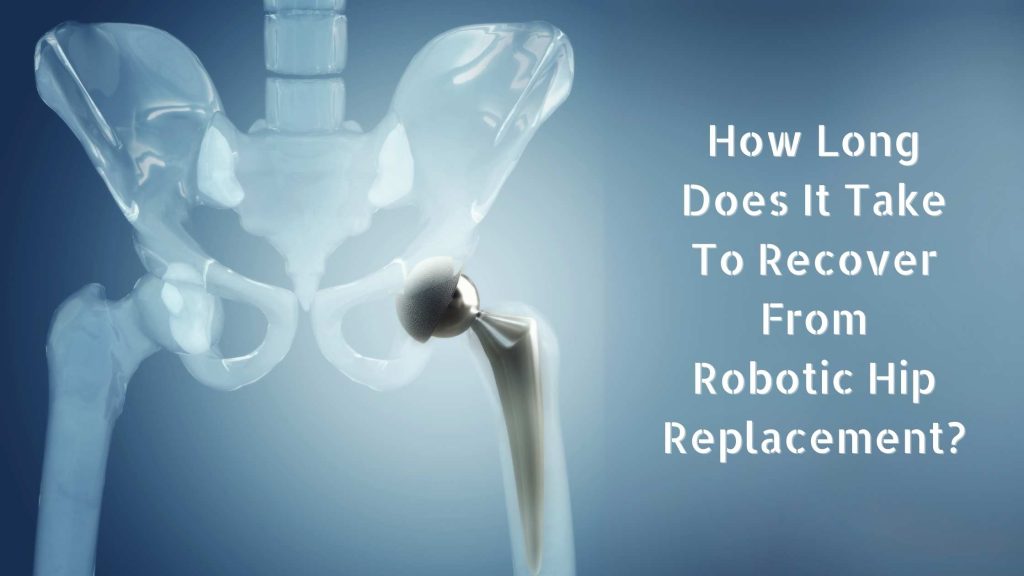
How Excess Weight Affects Your Back – A Clinical Perspective
The human spine is designed to support body weight in a biomechanically balanced manner. However, excess weight—particularly central or abdominal obesity—disrupts this equilibrium, placing undue stress on spinal structures. This significantly contributes to lower back pain and accelerates degenerative conditions.
The Spine and Weight: Understanding the Relationship
Excess body mass increases axial loading on the spine, especially in the lumbar region. This can lead to:
- Intervertebral disc degeneration – Faster wear of spinal cushions, potentially causing herniation.
- Facet joint overload – Increased pressure may cause inflammation and arthritic changes.
- Altered posture – Obesity often results in lumbar hyperlordosis (excessive inward curvature), disrupting spinal alignment.
- Muscle deconditioning – Core and paraspinal muscles weaken under sustained stress, compromising spinal support.
Spinal Conditions Commonly Associated with Obesity
-
Degenerative Disc Disease (DDD)
Chronic overloading leads to disc height loss and dysfunction, causing persistent pain. -
Sciatica
Excess fat and poor spinal alignment can compress the sciatic nerve, producing radiating pain and numbness. -
Osteoarthritis
Mechanical wear on spinal joints breaks down cartilage, resulting in stiffness and discomfort. -
Spinal Stenosis
Obesity can exacerbate spinal canal narrowing, intensifying nerve compression symptoms.
The Therapeutic Impact of Weight Reduction
Clinical studies confirm that weight loss significantly decreases spinal loading. For every 1 kg lost, spinal pressure may be reduced by 4–7 kg. Key benefits include:
- Decreased inflammatory cytokines impacting disc health
- Improved mobility and functional independence
- Enhanced outcomes from physiotherapy and rehabilitation
- Reduced reliance on analgesic medications
Evidence-Based Weight Management Strategies
- Physiotherapy-guided exercise – Emphasises core stability, posture correction, and strengthening.
- Low-impact aerobic activity – Walking, hydrotherapy, and cycling minimise joint stress.
- Nutritional planning – An anti-inflammatory diet supports tissue repair and weight loss.
- Behavioural support –Addresses emotional eating and ensures sustainable lifestyle changes.
Clinical Insight
In orthopedic practice, obesity not only contributes directly to back pain but also complicates treatment and recovery. A structured, medically supervised approach to weight management is vital for restoring and maintaining spinal health.
Back pain is more than a symptom—it’s often the result of long-term mechanical overload. Early orthopedic intervention, combined with evidence-based weight management, offers the most effective pathway to recovery and lifelong spinal wellness.






